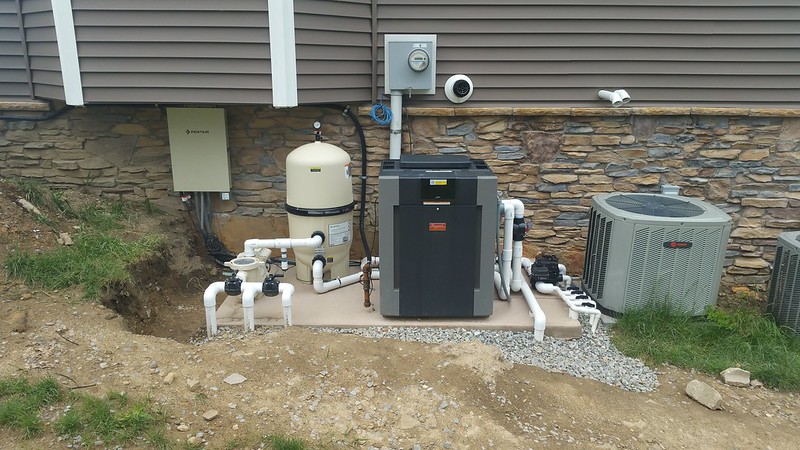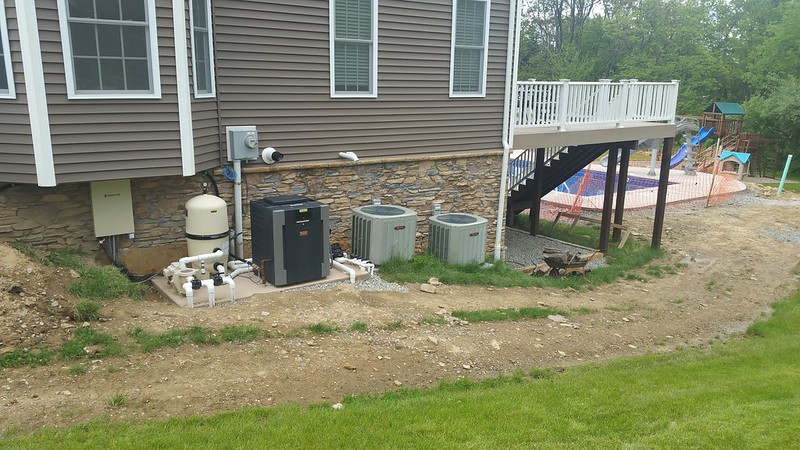So the electrician on my new build didn't really do anything with the excess wires. The 3 actuators have VERY long cables and a connector at the end. So he didn't want to cut them and try to reattach the connector. Add in the SWG, pump and heater, and I have a birds nest of wires below my panel.
Any suggestions? I'm going to be building a small retaining wall under the panel to wrap around the upper portion of my pad. I just don't know what to do with this mess of wires.

[url=https://flic.kr/p/TipRSo]
[url=https://flic.kr/p/TipS6Q]
[url=https://flic.kr/p/UokyBi]
Any suggestions? I'm going to be building a small retaining wall under the panel to wrap around the upper portion of my pad. I just don't know what to do with this mess of wires.

[url=https://flic.kr/p/TipRSo]

[url=https://flic.kr/p/TipS6Q]

[url=https://flic.kr/p/UokyBi]





